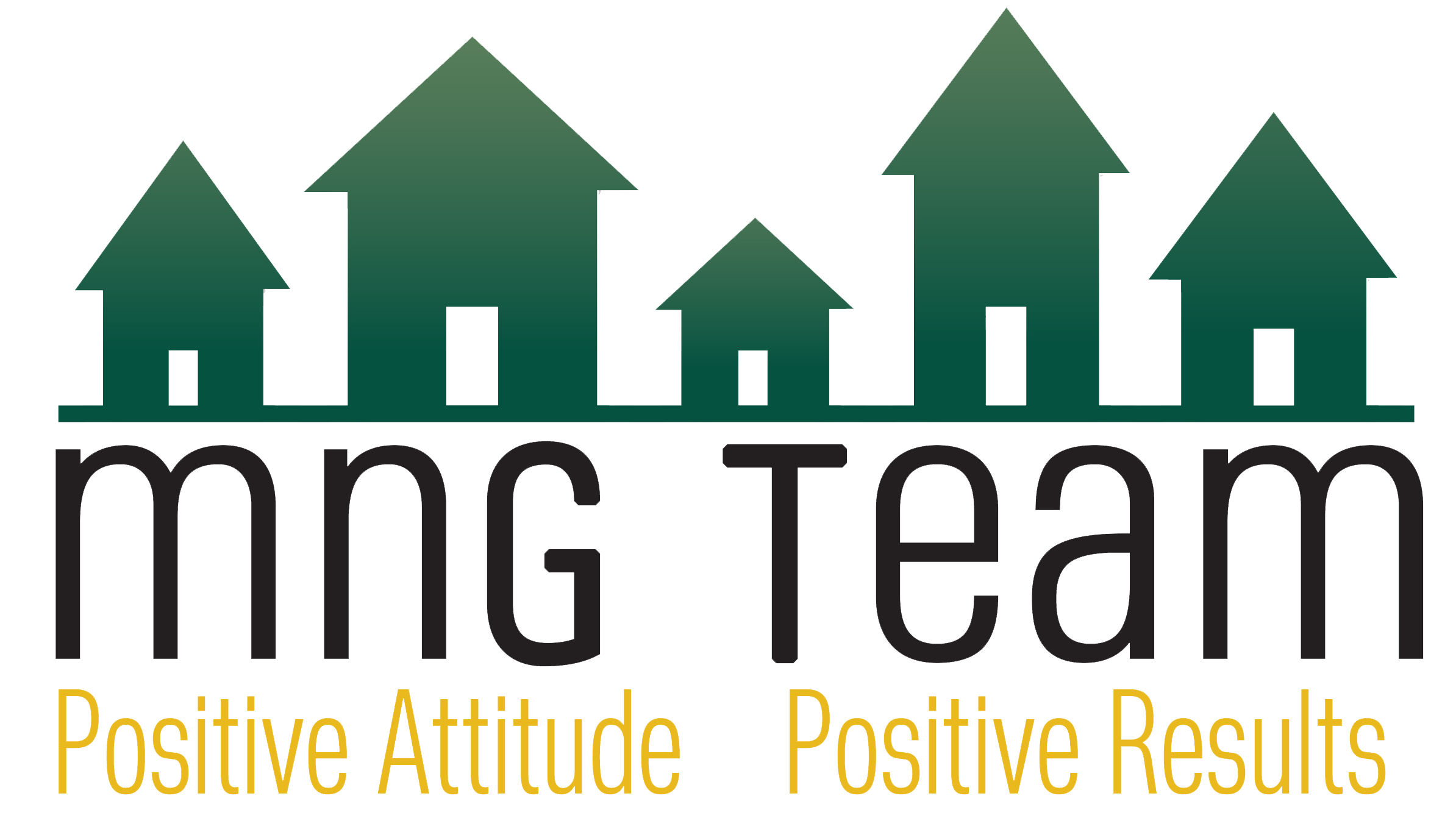From Secular Stagnation to Silent Depression: The Real State of the Economy
In the realm of economic discourse, the prevailing narrative often revolves around optimistic projections of growth, stability, and resilience. Governments, central banks, and economists routinely tout GDP figures, employment rates, and other metrics as indicators of economic health. Yet, beneath these glossy statistics lies a more nuanced reality that challenges the conventional wisdom. This article delves into the concepts of secular stagnation and silent depression, offering a critical assessment of current economic conditions based on historical insights and contemporary analyses.
The economic landscape of the 21st century is marked by a paradox: amidst periodic spikes in economic activity, underlying trends suggest a deeper malaise. The concepts of secular stagnation and silent depression provide frameworks to understand these persistent challenges. Coined during different eras, these terms share a common thread—a prolonged state of economic underperformance that defies quick fixes and demands structural reassessment.
Understanding Secular Stagnation and Silent Depression
Secular stagnation, first articulated by economist Alvin Hansen in the aftermath of the Great Depression, describes a protracted period of low economic growth, subdued demand, and sluggish productivity gains. Hansen's thesis posited that economies could enter a state where traditional monetary and fiscal policies prove inadequate to stimulate growth to its full potential. This concept gained renewed attention in the aftermath of the 2008 financial crisis, as global economies struggled to regain pre-crisis growth rates despite unprecedented stimulus measures.
While not as severe as the Great Depression, the notion of silent depression captures a prolonged economic downturn characterized by persistently high unemployment, stagnant wages, and tepid consumer spending. Unlike traditional recessions marked by sharp declines in GDP, silent depressions unfold gradually, often masked by superficial indicators of recovery.
Critique of Official Economic Statistics
Quarterly GDP reports often serve as the barometer of economic health, yet they can mask underlying weaknesses. For instance, a temporary uptick in consumer spending may boost GDP figures, but it may not reflect sustainable economic vitality if driven by unsustainable debt or speculative bubbles. This short-termism can obscure long-term structural deficiencies.
The official unemployment rate, a cornerstone of economic assessment, fails to capture the full extent of joblessness. Discouraged workers, those who have stopped actively seeking employment, are excluded from unemployment statistics, painting an incomplete picture of labor market conditions. Similarly, declining labor force participation rates signal hidden unemployment—a critical issue in assessing true economic vitality.
Historical Context and Recent Trends
The 2008 financial crisis exposed fault lines in global economic systems, prompting massive government interventions and monetary easing. However, the recovery has been uneven, with many economies experiencing prolonged periods of subpar growth. Despite low interest rates and expansive fiscal policies, the specter of secular stagnation looms large, challenging policymakers' ability to engineer sustained economic expansion.
Contrasting current economic indicators with pre-crisis levels reveals stark disparities. Pre-2008, robust growth trajectories and rising living standards seemed assured in many developed economies. Today, these promises remain largely unfulfilled, underscoring the enduring legacy of the crisis and subsequent policy responses.
Policy Recommendations and Alternatives
To combat secular stagnation and mitigate the effects of silent depression, policymakers must adopt a multifaceted approach. This includes targeted investments in infrastructure, education, and technology to spur productivity gains and enhance long-term economic resilience. Moreover, fiscal policies should prioritize sustainable growth over short-term gains, aiming to address income inequality and structural inefficiencies.
Short-term fixes have proven inadequate in addressing the systemic challenges posed by secular stagnation. Countries that have embraced long-term economic strategies, such as comprehensive labor market reforms and investments in renewable energy, showcase potential pathways to sustainable growth. By prioritizing innovation and inclusivity, these strategies offer a blueprint for navigating uncertain economic terrain.
The concepts of secular stagnation and silent depression provide a sobering counterpoint to prevailing economic narratives. By acknowledging these realities, policymakers, economists, and the public can foster a more informed debate on economic policy. Moving forward, embracing transparency, accountability, and long-term thinking will be essential to overcoming the entrenched challenges of a post-crisis world.
As we navigate the complexities of a global economy shaped by decades of financial turbulence, the lessons of secular stagnation and silent depression offer valuable insights. By reframing our understanding of economic health beyond superficial metrics, we can chart a course toward sustainable prosperity—one that prioritizes resilience, equity, and shared prosperity for all.
This article seeks to illuminate the enduring relevance of these concepts in shaping economic discourse and policy-making in the 21st century. By confronting uncomfortable truths and exploring alternative frameworks, we empower ourselves to build a more resilient and inclusive economic future.
Not sure if you should sell?
We get it. The market is weird. If you’re not sure if selling your home is the right move for you right now, get in touch. We’ll go over the details of your specific situation and help you make the right decision.




